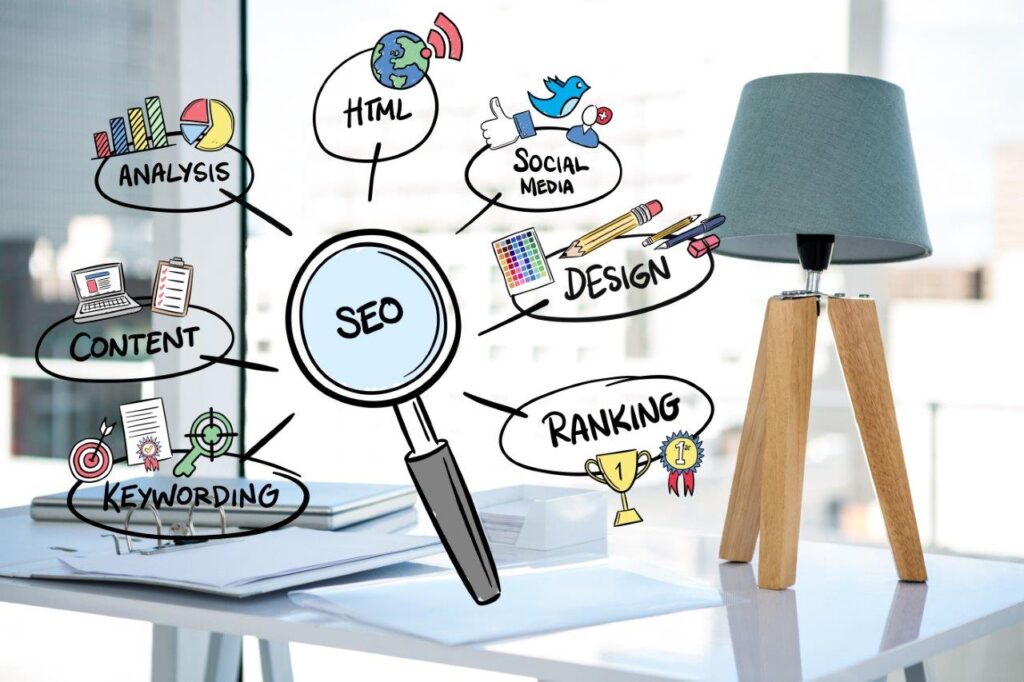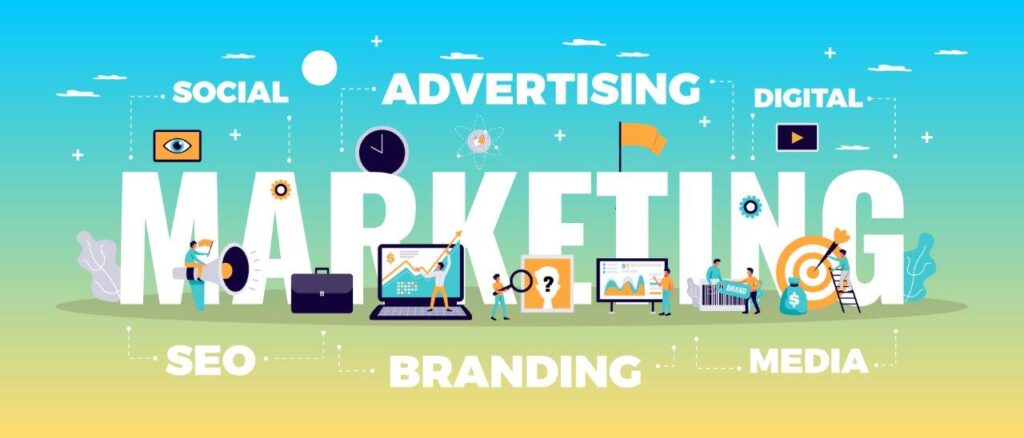Do you want to attract more visitors to your website and increase your online visibility? If so, you need to pay attention to search engine optimization (SEO). By optimizing your website’s content and structure for search engines, you can improve your chances of ranking higher on search engine results pages (SERPs) and drive more organic traffic to your website.
In this article, we’ll reveal five powerful SEO techniques that can help you achieve these goals. Whether you’re a small business owner or a digital marketing professional, these techniques are essential for any organization looking to succeed in today’s online marketplace.

In the digital age, every business needs an online presence to survive and thrive. But having a website is not enough. Your website needs to be visible and accessible to your target audience. And that’s where Search Engine Optimization (SEO) comes in. SEO is the process of optimizing your website to rank higher on search engines like Google, Bing, and Yahoo. By doing so, you can drive more organic traffic to your website and increase your chances of converting that traffic into leads and sales.
1. Keyword Research
The first step in SEO is to conduct keyword research. Keyword research is the process of finding the right keywords to target on your website. You need to identify the keywords that your target audience is searching for when they look for products or services related to your business. There are many keyword research tools available, such as Google Keyword Planner, Ahrefs, SEMrush, and Moz. These tools can help you find the keywords that have high search volume and low competition.
Once you have identified the right keywords, you can use them in your website content, meta tags, headings, and URLs. But be careful not to overuse keywords, as this can lead to keyword stuffing, which can harm your website’s ranking.
2. On-Page Optimization
On-page optimization refers to the techniques you can use to optimize the content and structure of your website. On-page optimization includes:
a. Content Optimization
Your website content needs to be relevant, informative, and engaging. Use your keywords in your content, but make sure the content reads naturally and is not stuffed with keywords. Your content should be well-organized, easy to read, and free of spelling and grammatical errors.
b. Meta Tags
Meta tags are snippets of HTML code that provide information about your website to search engines. The two most important meta tags are the title tag and the meta description tag. Use your keywords in your meta tags, but make sure they are relevant to the content on the page.
c. Heading Tags
Use heading tags (H1, H2, H3, etc.) to structure your content. Use your keywords in your headings, but make sure the headings are relevant and descriptive.
d. URLs
Use descriptive URLs that include your keywords. For example, instead of using a URL like www.example.com/page1, use a URL like www.example.com/keyword1/keyword2/page1.
3. Off-Page Optimization
Off-page optimization refers to the techniques you can use to improve your website’s ranking through external factors, such as backlinks, social media, and online directories. Off-page optimization includes:
a. Backlinks
Backlinks are links from other websites that point to your website. The quality and quantity of backlinks to your website can have a significant impact on your website’s ranking. You need to focus on building high-quality backlinks from reputable websites that are relevant to your business.
b. Social Media
Social media can help you build brand awareness, engage with your audience, and drive traffic to your website. You need to have a strong presence on social media platforms like Facebook, Twitter, LinkedIn, and Instagram. Share your website content on social media and engage with your followers.
c. Online Directories
Submit your website to online directories like Yelp, Google My Business, and Yellow Pages. This can help you improve your website’s visibility and drive more traffic to your website.
4. Technical Optimization
Technical optimization refers to the techniques you can use to improve the technical aspects of your website. Technical optimization includes:
a. Site Speed
Your website needs to load quickly, as site speed is a ranking factor for search engines. Use tools like Google PageSpeed Insights to analyze your website’s speed and identify areas for improvement.
b. Mobile Optimization
More and more people are accessing websites on their mobile devices, so it’s important to have a mobile-friendly website. Make sure your website is optimized for mobile devices, with responsive design and fast load times.
c. Site Structure
Your website’s structure should be easy to navigate, with clear menus and internal links. Use a logical hierarchy of pages and use descriptive anchor text for your links.
d. Schema Markup
Schema markup is a type of structured data that provides additional information to search engines about your website. Use schema markup to improve your website’s visibility on search engines.
5. Continuous Improvement
SEO is not a one-time process. It requires ongoing monitoring and optimization to maintain and improve your website’s ranking. Use analytics tools like Google Analytics to track your website’s performance, identify areas for improvement, and measure the effectiveness of your SEO efforts. Continuously update your website content, monitor your backlinks, and stay up-to-date with the latest SEO trends and best practices.
In conclusion, SEO is an essential aspect of digital marketing that can help businesses improve their online visibility, drive organic traffic, and increase their chances of converting that traffic into leads and sales.
By conducting keyword research, optimizing your website’s content and structure, building high-quality backlinks, improving your website’s technical aspects, and continuously monitoring and optimizing your website, you can improve your website’s ranking on search engines and achieve your business goals.
Want professional help on improving your SEO?


